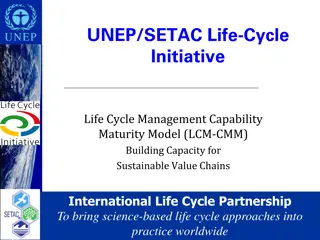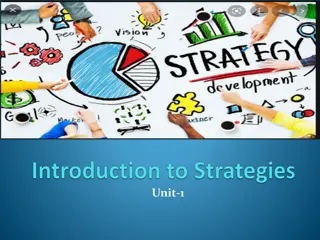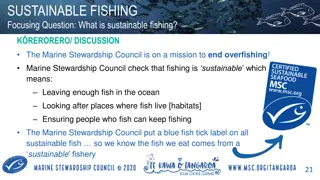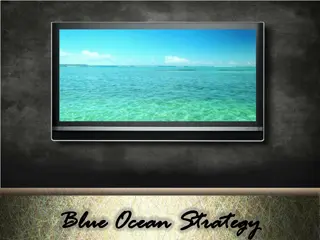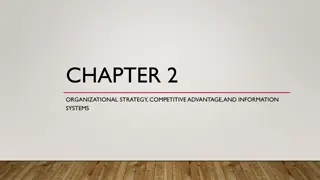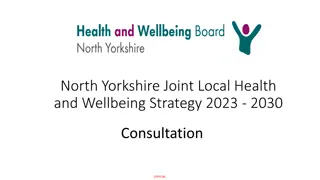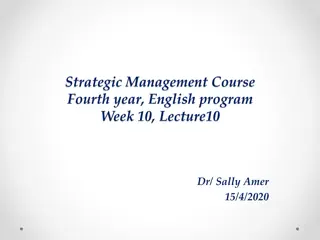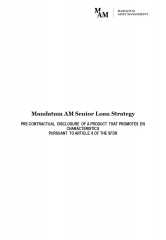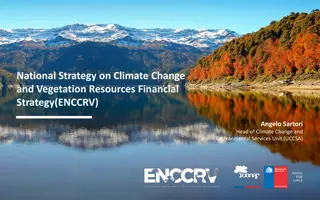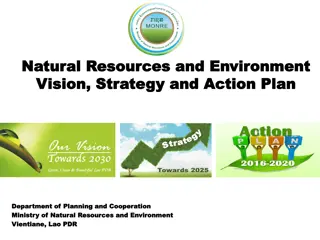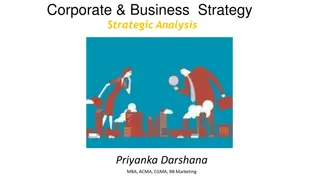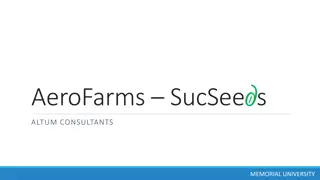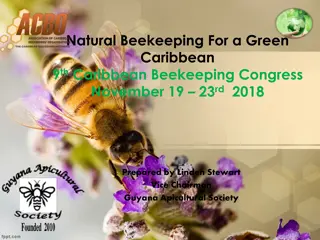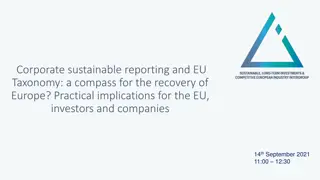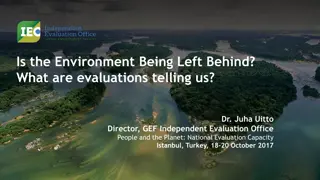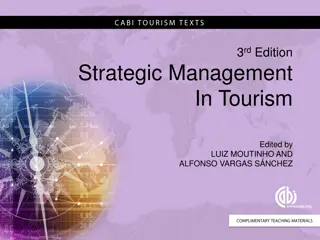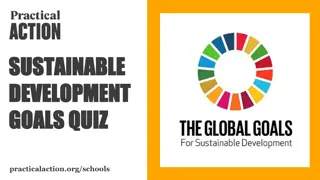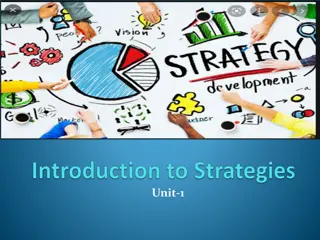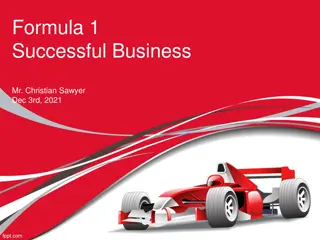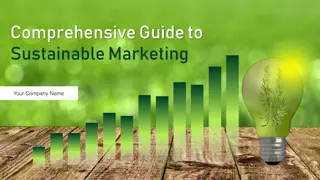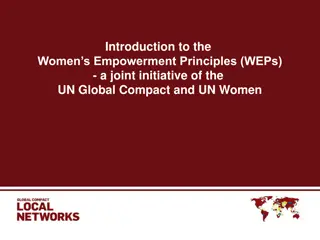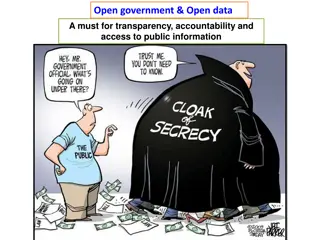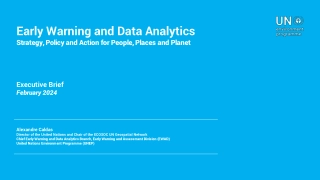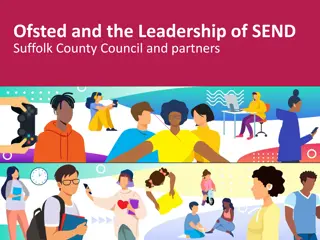ECOALF Sustainable Business Strategy Presentation
ECOALF is a social enterprise focusing on removing plastic from oceans through a circular economy approach. The strategy includes funding, growth, and sustainability while addressing key issues like funding availability and scalability. Recommendations involve crowdfunding and a value-driven growth strategy to tackle challenges in the fast-fashion industry. Internal and external analyses highlight the need for profitability and funding in the competitive market landscape.
Download Presentation

Please find below an Image/Link to download the presentation.
The content on the website is provided AS IS for your information and personal use only. It may not be sold, licensed, or shared on other websites without obtaining consent from the author. Download presentation by click this link. If you encounter any issues during the download, it is possible that the publisher has removed the file from their server.
E N D
Presentation Transcript
ECOALF ONE MAN S TRASH, ECOALF STREASURE PRESENTING TO: JAVIER GOYENECHE, CAROLINA ALVAREZ-OSSORIO, MARISA SELFA GSB Consulting Group
SITUATIONAL ANALYSIS Product Mix? Communication? 450m tonnes plastic /year Threat to food and livelihoods ECOALF Social Enterprise 10% in Oceans Business Model? Funding? How does ECOALF scale up while remaining truly sustainable?
VALUE PROMISE 4 Year Strategy with a focus on Funding, Value-Driven Growth and leveraging the Circular Economy. Tonnes of Plastic Removed from Oceans: 40k Tonnes Because there is no Planet B. Total No. of Stores 25 Revenue Growth 62% CAGR
VALUE PROMISE 4 Year Strategy with a focus on Funding, Value-Driven Growth and leveraging the Circular Economy. Tonnes of Plastic Removed from Oceans from Oceans: 40k Tonnes Because there is no Planet B. is no Planet B. Tonnes of Plastic Removed Because there Revenue Growth Growth 62% CAGR Total No. of Revenue No. of Stores Stores 25 From Start Up to Scale Up
KEY ISSUES Funding Availability Scale Profitability Slow conversion Multiple sales channels Brand loyalty Lack of Scale Asian production conversion CO2footprint Truly Sustainable?
RECOMMENDATIONS Crowdfunding Short Term Raise capital Create loyal shareholders Value-Driven Growth Strategy Mid Term Product mix Product channel Customer loyalty Circular Economy Long Term Reduce production conversion cycle
ANALYSIS JANE
INTERNAL AND EXTERNAL ANALYSIS Internal Fast-fashion & overconsumption Negative PR over effects of Fashion Industry Eco-friendly movements Who made your clothes? Slow Retail growth Competitive market Circular economy challengesLow conversion Lack of exclusivity with suppliers Limited marketing budget Lack of a SCA Industry Trends Lack of profitability Lack of funding
VP AND CUSTOMER NEED Customer Profile Customer Need Value Proposition Eco-conscious Sustainability focused Mostly Millenials To be part of a movement , to stand for something Quality Design Variety & Newness Affordability Sustainability Availability Quality Design Sustainability Innovation Brand image Need for better alignment of value proposition to customer need
LACK OF FUNDING & PROFITABILITY Lack of funding Lack of profitability Need for alternative funding options Low sales and customer conversion Wide range inefficient? Sales channels online slow, wholesale not as profitable, opportunity for store-in-store Low bargaining power due to low order quantity NEED FOR SCALE Benefits of Crowdfunding: Quick access to capital Low costs to set-up Wide reach Loyal customers Crowdfunding is an attractive option for ECOALF to raise short-term funding ECOALF should look at optimizing their range and sales channels to drive efficiency
ALTERNATIVES AND PATH FORWARD SHIVANI
RECOMMENDATIONS Crowdfunding Short Term Raise capital Create loyal shareholders Value-Based Growth Strategy Mid Term Product mix Product channel Customer loyalty Circular Economy Long Term Reduce production conversion cycle
ALTERNATIVES Asian Expansion Vertical Integration Sell Large fashion house Close to manufacturing Local manufacturing
ALTERNATIVES Asian Expansion Vertical Integration Sell Large fashion house Close to manufacturing New product, new market Local manufacturing Not a core competency Lack of scale/feasibility Loss of vision/values Brand dilution
DECISION CRITERIA Maximize values and impact Growth Core Feasibility Competency
DECISION MATRIX Growth Maximize values and impact Core Competencies Feasibility Crowdfunding Value-Driven Growth Strategy Circular Economy Vertical Integration (alt) Sell (alt) Asian Expansion (alt)
DECISION MATRIX Growth Maximize values and impact Core Competencies Feasibility Crowdfunding Value-Driven Growth Strategy Circular Economy Vertical Integration (alt) Sell (alt) Asian Expansion (alt)
REC 1: CROWDFUNDING- SHORT TERM Why? similar minded souls , fulfill short-term funding needs Raise funds through crowdfunding platform Uprise Europe Why? Loyal Ambassador base invested in your growth Loyal Ambassadors=Loyal Customers, free PR Why? Large marketing push through campaign Heightened brand visibility Outcome: Fund Growth Strategy
REC 1I: VALUES BASED GROWTH STRATEGY- MID TERM Why? Current PR not converting to sales Reduce product mix Why? Streamline sales channels with a focus on own store and store-within-store Control brand image, more profitable, no wholesale Why? Create customer loyalty through a lifelong product, frequent customer touchpoints Target customer wants long life sustainable product Outcome: Growth not at the expense of values
REC 1II: CIRCULAR ECONOMY- LONG TERM Why? Partnerships with local airlines and hotels for waste at the source Reduce waste to oceans Why? Create manufacturing hubs closer to waste like North Africa Reduce CO2 footprint Outcome: ECOALF, truly sustainable
IMPLEMENTATION KATE
IMPLEMENTATION 1I: VALUES BASED GROWTH STRATEGY Quality and variety Sustainability Timeless design CUSTOMER NEEDS Our recommendation and implementation will help ECOALF deliver the customer values
IMPLEMENTATION 1I: VALUES BASED GROWTH STRATEGY WANT TO CREATE LIFETIME CUSTOMERS Products are high quality but people want variety, change and newness and excitement UPCYC LE EXCHA NGE VALUES Old items brought to store Old items are revitalized True to values Brings customer to stores = sales Repurposed and upcycled Resold at full price discount if an exchange is done Customer value of newness and excitement
IMPLEMENTATION 1I: VALUES BASED GROWTH STRATEGY DECREASE PRODUCT RANGE Review number of items in each of the ranges Leverage sales data which items have low sales volumes Reasons for low sales volumes EXTENSIVE FOCUSED Market research Based on results decrease the future ranges Increase volumes of product sales and increase margins
IMPLEMENTATION 1I: VALUES BASED GROWTH STRATEGY STORES Focus on own stores and stores-in-stores (very successful currently) whole sale less profitable EXPERIANCIAL STORES Stores converted to experiential stores Why stores : People want to look, feel, touch, try on lifestyle fashion Stock not held onsite Smaller spaces cost less BUT can be ordered immediately and ordered to home EUROPEAN POPUPS Open new stores Before commitment popup model Major European Cities (Paris/London (10)) Build brand awareness Test the market and roll out based on test Example MACKAGE Marketed locally
IMPLEMENTATION I: CROWD FUNDING Platform Uprise Europe Pre engagement Performed with the help of the VC Publish findings on the website Stay true to value of transparency Post engagement Make contact with all funders Welcome them to the family Offer small discount on next purchase Create a sense of community
IMPLEMENTATION: TIMELINE Y1 Y2 Y3 Y4 Product range assessment Closing down of wholesales stores Experiential store conversion European road show Store roll out (20 stores) Pre engagement Crowd funding Post engagement
FINANCE VAN ZYL
BASE CASE ASSUMPTIONS AND KEY DRIVERS Description Target/Assumption Rationale Store count 20 new stores in 5 years 5 stores in Spain in one year Avg cost per item EUR 109.50 Range: EUR39-180 Items per store (per day) 35 (current = 25) Marketing success Gross Margin 50% Market related Fixed operating costs per store EUR150,000 EUR300,000 breakeven Marketing budget 20-25% of revenue Market related Current operating profit zero
BASE CASE FORECASTS 2019 2020 2021 2022 2023 Comment Stores Items per store (daily) 5 25 5 27 13 31 22 33 25 35 Store Revenue Other Revenue EUR EUR 5,000,000 7,000,000 EUR EUR 5,395,613 8,400,000 EUR EUR 16,106,903 10,080,000 EUR EUR 29,016,405 12,096,000 EUR EUR 34,971,563 14,515,200 62% CAGR Total Revenue EUR 12,000,000 EUR 13,795,613 EUR 26,186,903 EUR 41,112,405 EUR 49,486,763 Gross Profit (50%) EUR 6,000,000 EUR 6,897,806 EUR 13,093,451 EUR 20,556,203 EUR 24,743,381 Marketing Expenditure (20%) EUR (2,400,000) EUR (2,759,123) EUR (5,237,381) EUR (8,222,481) EUR (9,897,353) Store Operating Costs Fixed Costs EUR EUR (750,000) (2,850,000) EUR EUR (750,000) (3,420,000) EUR EUR (1,950,000) (4,104,000) EUR EUR (3,300,000) (4,924,800) EUR EUR (3,750,000) (5,909,760) Operating Profit Operating Margin EUR - EUR (31,316) -0.23% EUR 1,802,071 6.88% EUR 4,108,922 9.99% EUR 5,186,269 10.48% 5 year pay-back period. Profitability = future access to finance.
BASE CASE COST BUDGET 2020 2021 2022 2023 Total Capital Expenditures Own stores Store-within-store Pop-up Stores Crowdfunding - raise GRS Certification Launches (per country) Total EUR 0 EUR 0 EUR 1,600,000 EUR 1,200,000 EUR 1,500,000 EUR 1,800,000 EUR 1,350,000 EUR 600,000 EUR 450,000 EUR 4,000,000 EUR 3,000,000 EUR 3,000,000 EUR 500,000 EUR 100,000 EUR 600,000 EUR 11,200,000 EUR 1,500,000 EUR 500,000 EUR 100,000 EUR 0 EUR 0 EUR 0 EUR 0 EUR 0 EUR 0 EUR 0 EUR 0 EUR 0 EUR 200,000 EUR 4,500,000 EUR 200,000 EUR 3,350,000 EUR 200,000 EUR 1,250,000 EUR 2,100,000 Note: Operational costs (store staff, operational staff and marketing costs) included in forecasts & funded through operations Funding: - Crowdfunding round 1: EUR6mil - Further capital raise dependent on VC buy-in Monitor: - Crowd-Funding success - Pop-up store success
RISKS AND CONTINGENCY PLANS Risks P I Contingency Plan Capital raise: not fully subscribed or VC partner opposition M H Alternative source: pre-ordering campaign Popup-store testing of market. Selective expansion. Store-in-store model = low capex Acceptance in new EU markets L H 1. Brand awareness & loyalty (ST) 2. Scale negotiate exclusivity (MT) 3. R&D and patented fabrics (LT) New competitors / non-exclusive access to material H H P: Probability I: Impact
CONCLUSION SHIVANI
CONCLUSION How does ECOALF scale up while remaining truly sustainable? Tonnes of Plastic Removed from Oceans: 40k Tonnes Because there is no Planet B. Total No. of Stores 25 Revenue Growth 62% CAGR
SWOT StrengthsBrand image positive Supplier relationships Team expertise Innovation Design WeaknessesLack of Profitability communication budget OpportunitiesCrowd funding pop-up store expansion Trade shows ThreatsNo exclusivity with values Customer buy-in PR Values B-corp certified VC backing suppliers Limited supplier base Staff alignment with Low traffic on website Low conversion Supply chain Limited product variety Limited Vertical integration Collaborations and partnerships Eco-friendly certification e.g. PETA, GRS, transparency Store-in-store and


